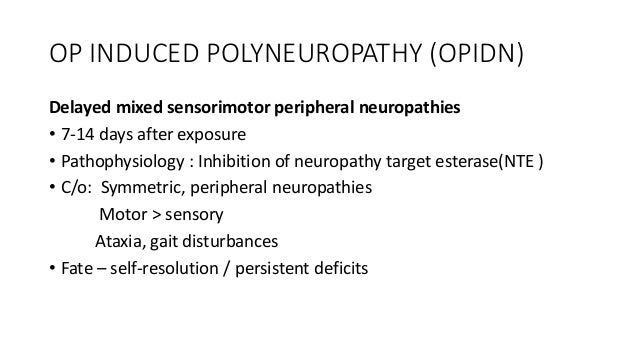

Using whole body plethysmography, DFP revealed acute respiratory depression, including reduced breathing rates and tidal volumes, that partially recover the following day. DFP also caused behavioral tremors that partially recovered the following 24 h.

Electroencephalogram (EEG) recordings revealed that DFP causes focal delta frequency (average 1.4 Hz) tonic spikes in the parietal region that occur transiently (lasting an average of 171 ± 33 min) and a more sustained generalized theta frequency depression in both parietal and frontal electrode that did not recover the following 24 h. We also tested a non-specific cholinergic antagonist dequalinium chloride (2 mg/Kg) as a novel treatment for organophosphate toxicity. Here we investigated two of the major pathophysiological effects, seizures and respiratory depression, using subcutaneous injection into mice of the organophosphate diisopropylfluorophosphate (DFP) at sublethal concentrations (2.1 mg/Kg) alone and co-injected with current therapeutics atropine (50 mg/Kg) or acetylcholinesterase reactivator HI6 (3 mg/Kg). The mechanism of toxicity is through antagonism of acetylcholinesterase, which secondarily causes excess activation of cholinergic receptors leading to seizures, tremors, respiratory depression, and other physiological consequences. Organophosphates are used in agriculture as insecticides but are potentially toxic to humans when exposed at high concentrations.

Department of Cellular and Integrative Physiology, University of Texas Health San Antonio, San Antonio, TX, United States.Vladislav Bugay, Summer Rain Gregory, Matthieu Gibson Belanger-Coast, Raymond Zhao and Robert Brenner *


 0 kommentar(er)
0 kommentar(er)
